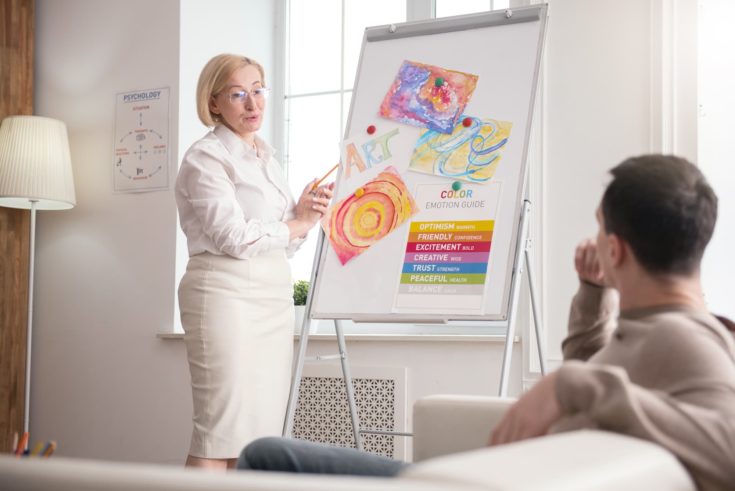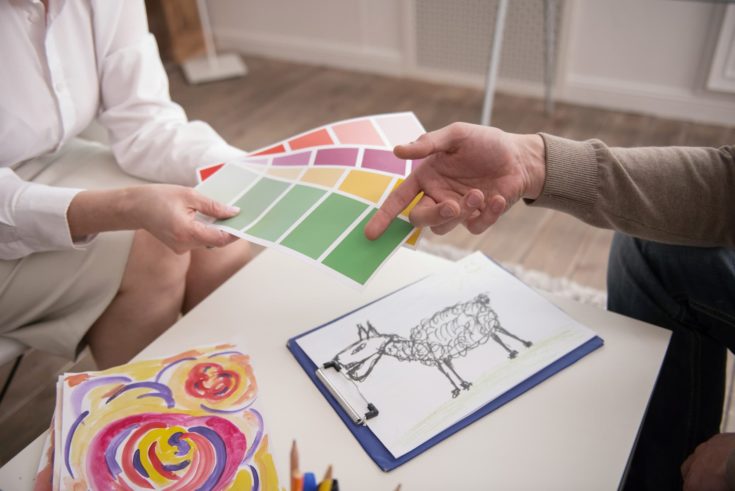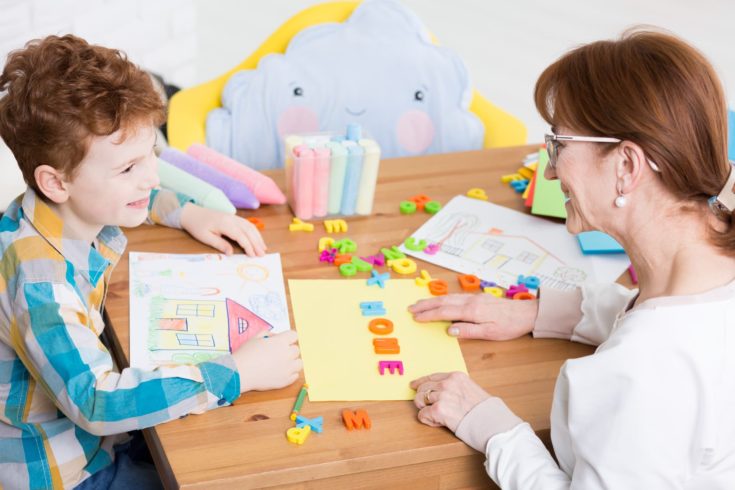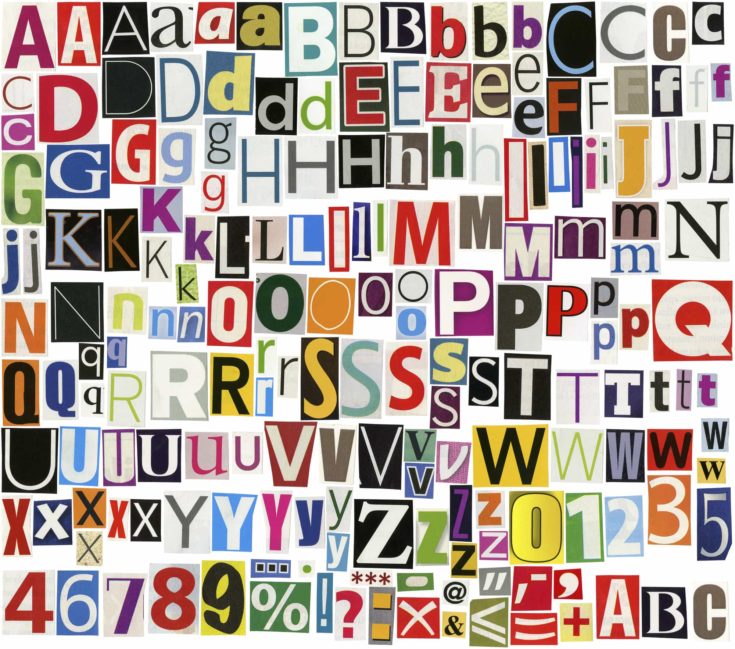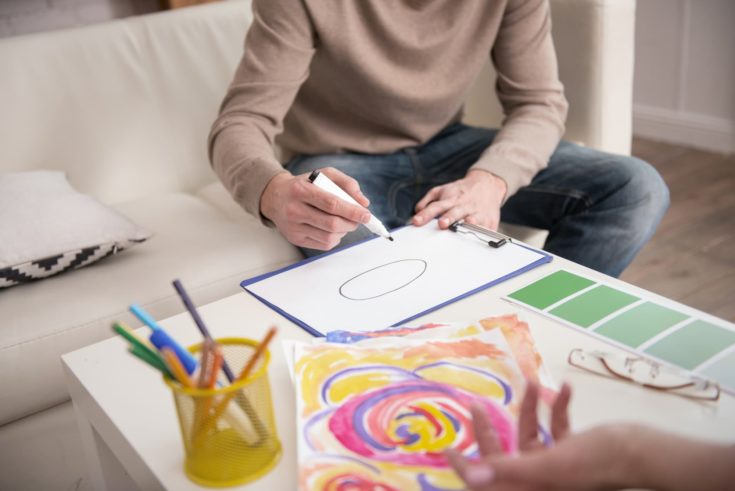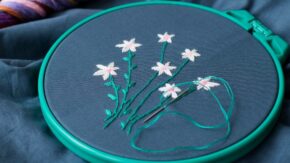Therapy is an often underrated method of healing and self-improvement. There are still plenty of countries in the world where it is believed that attending therapy sessions makes you a crazy person, but that couldn’t be farther away from the truth.
Therapy can take many forms and have different goals, depending from one person to another. Art therapy is one of its many forms, and while the name might suggest what it’s all about, the process is way more complex than it sounds.
What Is Art Therapy?
Art therapy is a combination of the world’s well-known arts (such as painting, sculpting, drawing, etc.) that are used in order to treat psychological disorders. What art therapy basically does is give people a chance to express themselves using artistic methods with the purpose of healing and promoting mental well-being.
The role of the art therapist is to help people decode the hidden messages and symbols of their art in order for them to better understand what people feel and how they behave in certain situations. You can consider art therapy as another form of psychological test: when the therapist reviews the results, they are able to identify a person’s deeper issues and work together with patients for a better understanding of their emotions.
Art therapy is applicable to people regardless of their age, and it’s used when someone is battling addiction, depression, anxiety, low self-esteem, has anger management issues, or has to cope with an illness.
There are many different potential settings for art therapy, as it can be individual, done in couples, or even groups of several people. Some people turn to art therapy as private counseling, but these sessions can also be held in hospitals, correctional facilities, orphanages, wellness centers, senior centers, and more.
People that decide to explore the possibility of art therapy as a therapeutic method of healing aren’t required to have previous art education or talent. The purpose of art therapy has nothing to do with the artistic nuance of the end result, but with the associations that the therapist can find between the elements of the creation itself and the emotions and life of the “artist”.
Can Art Therapy Heal?
Art therapy has a multitude of potential healing benefits and can help with anything from mental disorders to physical illness. It’s not uncommon for people who turn to art therapy to also be a part of other psychotherapy techniques.
What makes art therapy really complex is the fact that it can help people of all ages who find themselves overwhelmed by their emotions or inner struggles. Anyone who is looking to get to the root of a problem can turn to art therapy: from people with disabilities that have to learn and live with their handicap to children who have learning disabilities.
Art therapy is used to heal a variety of conditions, including PTSD, stress, medical conditions, depression, anger, anxiety, family/workplace/relationship problems, drug or alcohol abuse, eating disorders, learning difficulties, ADHD, cancer, and so on.
The art therapist that will guide you through the process is a licensed clinical psychologist, social worker, or professional counselor, which means that you need to get a degree in order to become one. Depending on the country of residence, a person who wants to become an art therapist will require different types of diplomas and credentials.
What Happens During a Session?
If it’s your first art therapy session, the therapist will try to gather as much relevant information about you as possible. You will also be asked what is the reason that lead you to book an appointment with you.
During the first session, therapists will also take a little bit of time to talk about what art therapy is and what are the benefits you can draw from it. the therapist will also answer whatever questions you may have so that you can determine if art therapy is something you can benefit from.
Much like in a regular psychotherapy session, it’s important for you and the therapist to determine what is your therapy goal. What are you trying to solve or discover about yourself? Your therapeutic goals will be discussed and set during your first session, but you might set a smaller one in the sessions to come.
There are plenty of reasons why art therapy sessions need to have a goal. First of all, it gives you much better control over what you are trying to gain while attending these sessions. It also helps you determine if art therapy is rendering any actual results. How can you know if you’ve reached your goals if you don’t know what those goals are? Your goals can be related to improving yourself, your family or personal relationship, conquering fear, coming to terms with something, grieving over a loss, etc.
Then, you will move on to art making. your therapist could decide that you would most benefit from several art activities in a single session. Art activities have three main elements: the art medium (deciding if 2D or 3D art is the best approach), the theme (select a theme that you want to focus your art on, such as sadness), and the process (the therapist may or may not give suggestions and indications during the creative part of the process).
The therapist is usually the one to suggest the type of art exercise and the medium. They may give you multiple options for you to choose from, in hopes to encourage your sense of control. You will have to keep an open mind at all times and allow yourself to receive and process the feedback coming from your therapist.
The art therapist will observe you during your creation process, and they might also take notes. Whatever the case, the therapist will most likely not interfere with this part of the process, unless you have a disability that would require assistance so that the process can be seen through.
If you are fixated on perfectionism and are stuck on the idea that you have no talent, rest assured that the purpose of art therapy has absolutely nothing to do with talent. You might have seen art pieces that are sold for hundreds of thousands of dollars and they seemed like random color splashes or something that dog would draw. Art is a subjective matter, and art therapy isn’t about the perfection of the end result: it’s about detail analysis.
The therapist is interested in what colors you chose, how you arrange the objects, what elements are part of your image, and so on. The purpose is to interpret your art and see what emotions come to the surface in the process. Plus, there is a great chance that you’ll feel particularly happy with completing the task.
You should also know that if you have any physical or cognitive impairment, the therapist will never suggest an activity that will bring physical pain. The purpose is not to get you frustrated, but to find a way to express your emotion through art without making you feel angry, sad, or hopeless.
During a regular psychotherapy session, the therapist will never interrupt a patient who’s in the middle of a story. That very same thing occurs during art therapy. Unless you ask questions or are in need of some guidance, the therapist will not get in your way. There are, however, certain scenarios where the therapist has to intervene:
- When you have questions that are related to the artwork process or the supplies that you have to use.
- When you are rigid, tense, or stuck in a point that prevents you from continuing the process.
- When you show signs of being particularly hesitant about what to do next.
Art Therapy Exercises
Giving you some examples of art therapy exercises is extremely difficult because there are hundreds of them out there. In fact, as art therapists gain years of practice and observe more and more patients and clients and their reactions to this type of therapy, they start to develop their own exercises to further explore the human mind and emotions. We are going to give you 10 examples of art therapy exercises, but keep in mind that pretty much any type of art that allows free expression could be used in the process.
The postcard
They say that one of the best therapeutic ways to get something off your chest is by writing. Since writing can be considered an art, we decided to tell you a little bit about the postcard method. The purpose is to write something to someone that you wouldn’t dare say in person at the present time.
It could be anything from words of apology to unexpressed love, or even anger that you felt towards someone without getting a chance to express it. to truly bring this exercise to a form of art therapy, how about you design the postcard yourself? This will give it more value, especially since the elements on it will tell the therapist more about how you feel.
Childhood memories
Your therapist might ask you to draw the first childhood memory that comes to find. If you’ve ever been to therapy, you know how most of our traits, fears, and beliefs come from our parents, so that childhood memory you end up drawing can give your therapist plenty of hints about the past that helped shape who you are today. you can rest assured that whatever memory you pick, it won’t be random.
Current state
An art therapy exercise might imply that you draw a picture or elements or symbols that represent your current emotions or state of mind. It could end up being a tale about yourself, maybe draw yourself as a character that’s part of a scene, and the therapist can analyze the interactions you have with other characters. It’s sometimes easier for people to use art to express what they feel rather than by saying it out loud.
Website
Assuming that you have the knowledge, an interesting exercise would be to make your own website. It could be like a portfolio or random achievements throughout your lifetime, but also information that you think people should know about you. There are plenty of elements that the therapist can interpret if you decide to go for this exercise: from the colors and images chosen for your site to the actual information and how it’s structured (for instance, how easy it would be for a website visitor to reach certain information related to your past).
Collages
Collages can be works of art created from bits of pieces of paper clipping, magazine images, stickers, letter cut from newspapers, parts of old photos, and the likes. The collage can have a multitude of starting points: your therapist may ask to make one about what motivates you, or perhaps a mask that you would wear.
Portraits
One of the best ways to express yourself through art therapies is by recreating the image you have about yourself. You can either make a collage to recreate your portrait, draw yourself using colored crayons, or paint yourself. There are many other different ways in which this exercise can go.
For example, the therapist could ask that you create three portraits: one of your past self, one of your present self, and one that depicts how you see yourself in the future. You can also draw yourself as a superhero, and this exercise can let your therapist know more about what you believe are your qualities.
Past trauma
One of the things that define who we are is how we coped with past trauma. You might have heard about a friend going through a traumatic experience and thinking that you would have done things differently. That’s because our individual character will determine how we deal with critical situations.
Your therapist may suggest that you draw a space that you considered is safe for you. They might also suggest drawing or painting something that you’re afraid of. You might also be asked to craft a talisman that you believe would protect you in a scary situation.
Dream interpretation
For a very long time, psychologists believe that there is way more to dreams that random images and figures that appear to people when they’re sleeping. Studies have shown that in the REM sleep stage (which is the phase where you dream) the human brain is almost as active as it is when you are awake.
Psychologists like Jung or Freud have tried to understand what dreams mean, and whether they are reflections of our hidden desires or a way of acting out the things that occurred during the day and which have impacted us on a deeper level. In any case, using art therapy to recreate your dreams is something that any art therapist can tap into.
By creating a map or a timeline of what you dreamt about in the past week, you can get a better grasp of how your current life is represented by your subconscious.
Human connections
There are plenty of people that turn to therapy because they feel like there’s something going on with one or more of their personal relationships. You could be fighting with one of your parents for as long as you can remember, or perhaps you feel like you’re having a really hard time adapting to your current school or working environment.
Since people are social animals, learning to live as part of a society where everyone is their own person and no two people are alike can be extremely challenging. Art therapy can come into play and shed some light on why we get along with some people, but can’t manage to establish rapport with others.
Relaxation exercises
Sometimes, the goal of a therapy session can simply be to unwind. Lots of people that go to therapy have problems with anxiety and anger, and could really benefit from a session that will help them channel that anger into something else. Relaxation exercises are here to help with that.
These relaxation exercises can take many different forms. For instance, your therapist can play one of your favorite songs and ask you to draw whatever comes to mind when you listen to the tune and its lyrics. Another exercise would be to try and draw something with your eyes closed, just to show you that it’s impossible to be in control of every moment, and you sometimes have to learn to let go of things that are beyond your control.
Conclusion
Art therapy is just another form of therapy that can help people heal, cope, manage, understand, learn, and accept certain things about themselves. The beauty of art therapy is that you aren’t required to have any talent or creativity, as you will be driven by emotions and train of thought in order to create your artworks.
You will be working together with an art therapist that will interpret the elements of your creation in order to understand more about what you’re feeling and thinking, as well as make connections between your past and present self. Aside from being a way to relax, art therapy is perfect for people who would otherwise have a hard time expressing their thoughts by speaking to a therapist.


